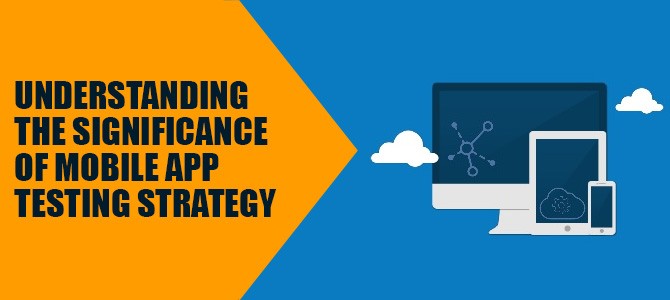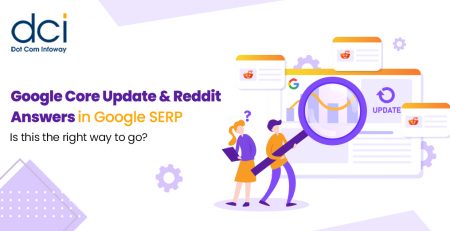Understanding the Significance of Mobile App Testing Strategy
The end experience of any app launch is the experience that the user will have when they first download and launch your app. If there are issues launching and using your app these problems will generally result in an uninstall and a loss in user retention. Users download an app with the express expectation that it will work and fully perform all of the features and benefits the app description claimed it would. This is why any app developer that desires a successful launch should have an avid interest in testing their app to ensure that it functions the way it’s supposed to. App testing is vital to its success and longevity.
User Expectations
Users don’t download an app expecting to have difficulties getting it to do what it’s supposed to. They read an app description, determine that they like it, and simply download it expecting it to work perfectly all the time. They don’t leave any room in their thinking for the possibility that the app will have functionality problems, even if the app seems to be useful. Problems of any kind are generally not well tolerated by most users. Users are looking for an app to work quickly, accurately, and consistently over time. This is why testing is an indispensable part of the successful launch of any app.
Significant App Elements & Testing
Clearly, it’s imperative that an app is tested as part of the app development process and there are several areas that should be focal points when it comes to testing. The functionality of an app should be tested initially; these tests should include the search feature and check-ups of customer submission forms. The media components are important as well. Audio and video playback should function well without failure. The compatibility of scripts, libraries, manipulations and calculations is also a part of the functionality quotient.
User interface and usability should be factored into testing as well. The areas that fall under this field of testing include app navigation, cross-browser capability, help features, error messages, and alerts. The layout of the program falls under this umbrella as well. When these areas are developed and tested it ensures that users will have a quality front-end experience.
The Testing Approach Should Mirror the User Experience
Logically speaking, the testing that an app undergoes should closely resemble the user experience. In other words, an app developer needs to know how the app will perform from the time a user downloads it to its initial launch. As a result, testing should very closely simulate the user experience. These testing environments are crucial to the launch of a successful well-functioning app. Many strategies to simulate a user environment include visual test environments and real-time analytics; these are both useful tools.
Many app developers believe that the success of an app rests in all its bells and whistles and although these features do account for part of its success, the crucial part of its success rests in testing. The difference between an app that is lucrative and one that is not is the testing phase of app development. Even the simplest of apps can be wildly successful if they work well. Testing helps resolve potential issues like battery drain, crashes, and poor network performance, to name a few. This is paramount to the ultimate success of an app.
Related Articles:
- Why is Mobile App Testing Important for Application Development?
- Why Your Business Need an App? – A Beginners Guide on Mobile App Development
- How To Do App A/B Testing To Double Your App Conversion Rate
- How A/B Testing Helps in Improving your App Conversion Rate










